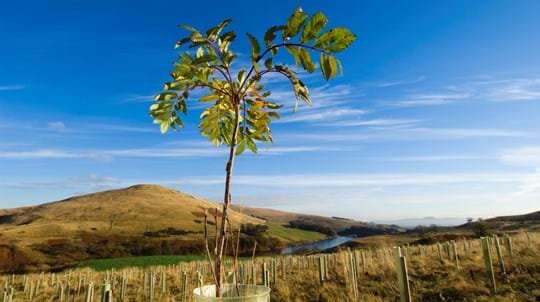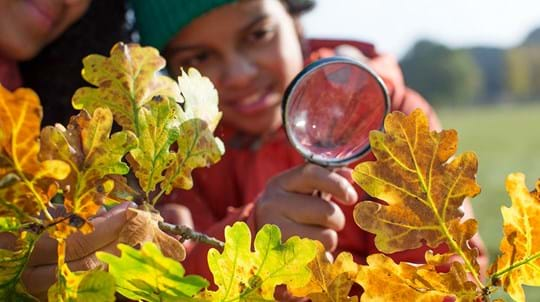
Credit: NPL / WTML
Leaves
Toothed, glossy green above with tufts of hair underneath, on the vein joints. They have a characteristic asymmetrical base and taper to a sudden point at the top.
A hardy cultivar, the Huntingdon elm is a hybrid with some resistance to the devastating Dutch elm disease.
Common name: Huntingdon elm
Scientific name: Ulmus glabra x minor
Family: Ulmaceae
Origin: native
A Huntingdon elm can grow to 30m. The bark is grey with crossing fissures, and twigs are dark grey and covered in coarse hairs. It is a cross cultivated hybrid of the smooth-leaved elm and the wych elm.
Look out for: the asymmetric leaf bases which are common in all elms. Leaves are rough to the touch on the top surface.
Identified in winter by: twigs which are sparsely hairy, often becoming smooth with age. Buds lack a leaf scar below them.

Credit: NPL / WTML
Toothed, glossy green above with tufts of hair underneath, on the vein joints. They have a characteristic asymmetrical base and taper to a sudden point at the top.

Credit: John Richmond / Alamy Stock Photo
Red-purple in colour, and appear in clusters of 10 to 20.

Credit: John Richmond / Alamy Stock Photo
Pollinated by wind, they develop into small, winged fruits known as samaras. These are dispersed by wind.

Download our free Tree ID app for Android and iPhone to identify the UK's native and non-native trees. It's an A-Z tree guide in your pocket.
Download the appIt was grown by nurserymen Wood & Ingram in 1746 at Brampton, near Huntingdon.
Huntingdon elm was widely planted in the UK, particularly between the end of the nineteenth century and the 1930s, owing to its very rapid growth and can therefore be found around towns and residential areas.
It appears to have some resistance to Dutch elm disease, so is still seen in towns and parks.
Many birds eat elm seeds and the leaves provide food for the caterpillars of a variety of moths, including the peppered, light emerald and white-spotted pinion moths. Caterpillars of the white-letter hairstreak butterfly feed on elms and the species has declined dramatically since Dutch elm disease arrived in the UK.
Elms used to be associated with melancholy and death, perhaps because the trees can drop dead branches without warning. Elm wood was also the preferred choice for coffins. In Lichfield it was the custom to carry elm twigs in a procession around the Cathedral Close on Ascension Day, then to throw them in the font.
Elm wood is strong and durable with a tight-twisted grain, and is resistant to water. It has been used in decorative turning, and to make boats and boat parts, furniture, wheel hubs, wooden water pipes, floorboards and coffins.
Huntingdon elm is highly susceptible to Dutch elm disease, a fungal disease which devastated populations of elms since it arrived in the UK in the 1960s. However, it shows some resistance to the disease.
Elms can also be affected by galls from aphids, which migrate from fruit-cultivated trees.
Before metal was widely available, many English towns had elm water mains, including Bristol, Reading, Exeter, Southampton, Hull and Liverpool.

Shop
We have single trees and tree packs to meet your needs, from wildlife to woodfuel. Delivery is free.
External link

Take part in our Nature's Calendar survey
Tell us what's happening to the trees around you and help scientists track the effects of climate change on wildlife.
External link